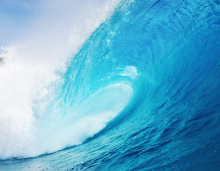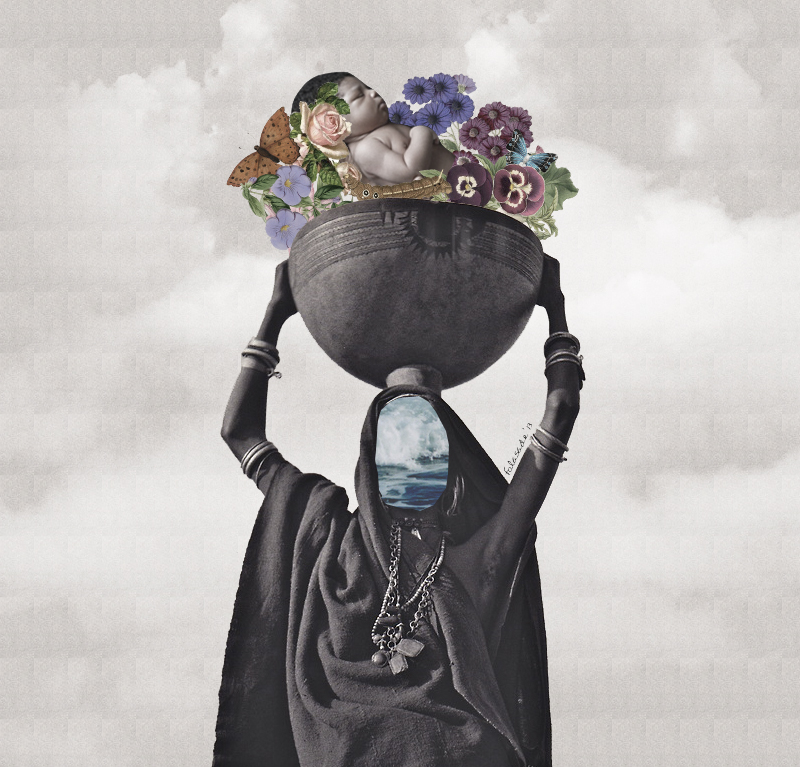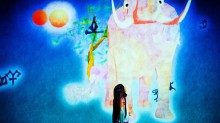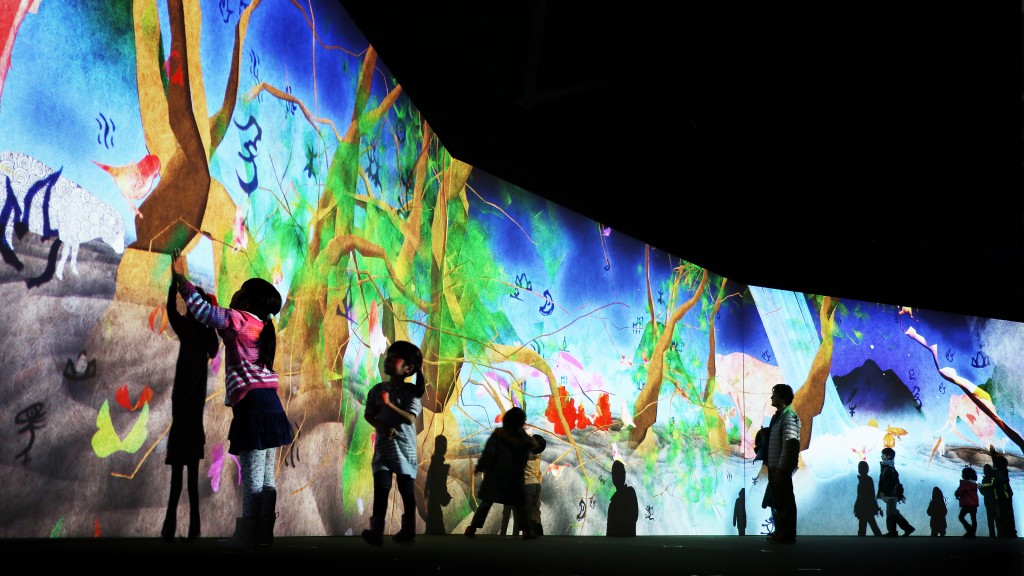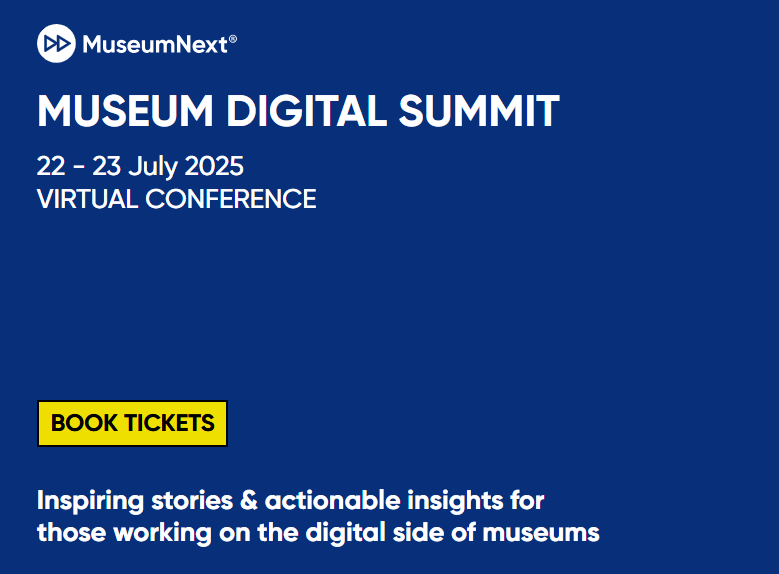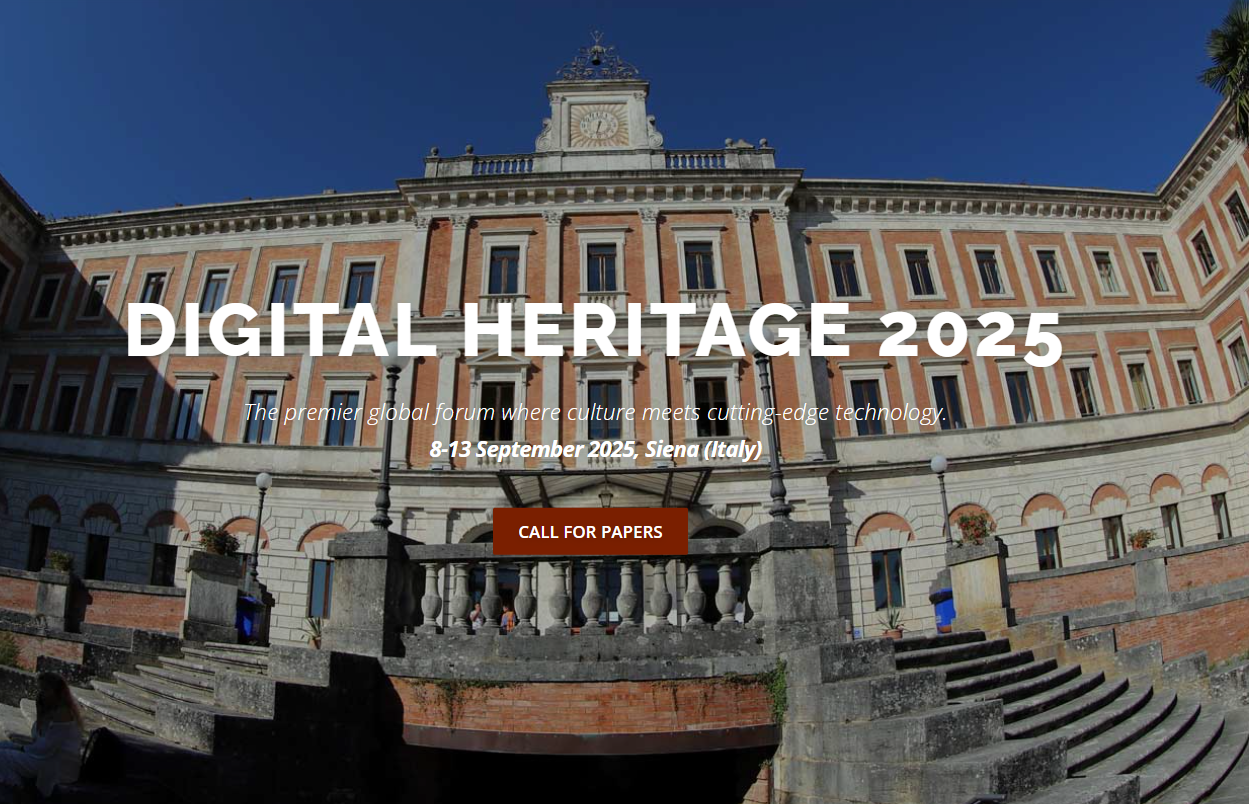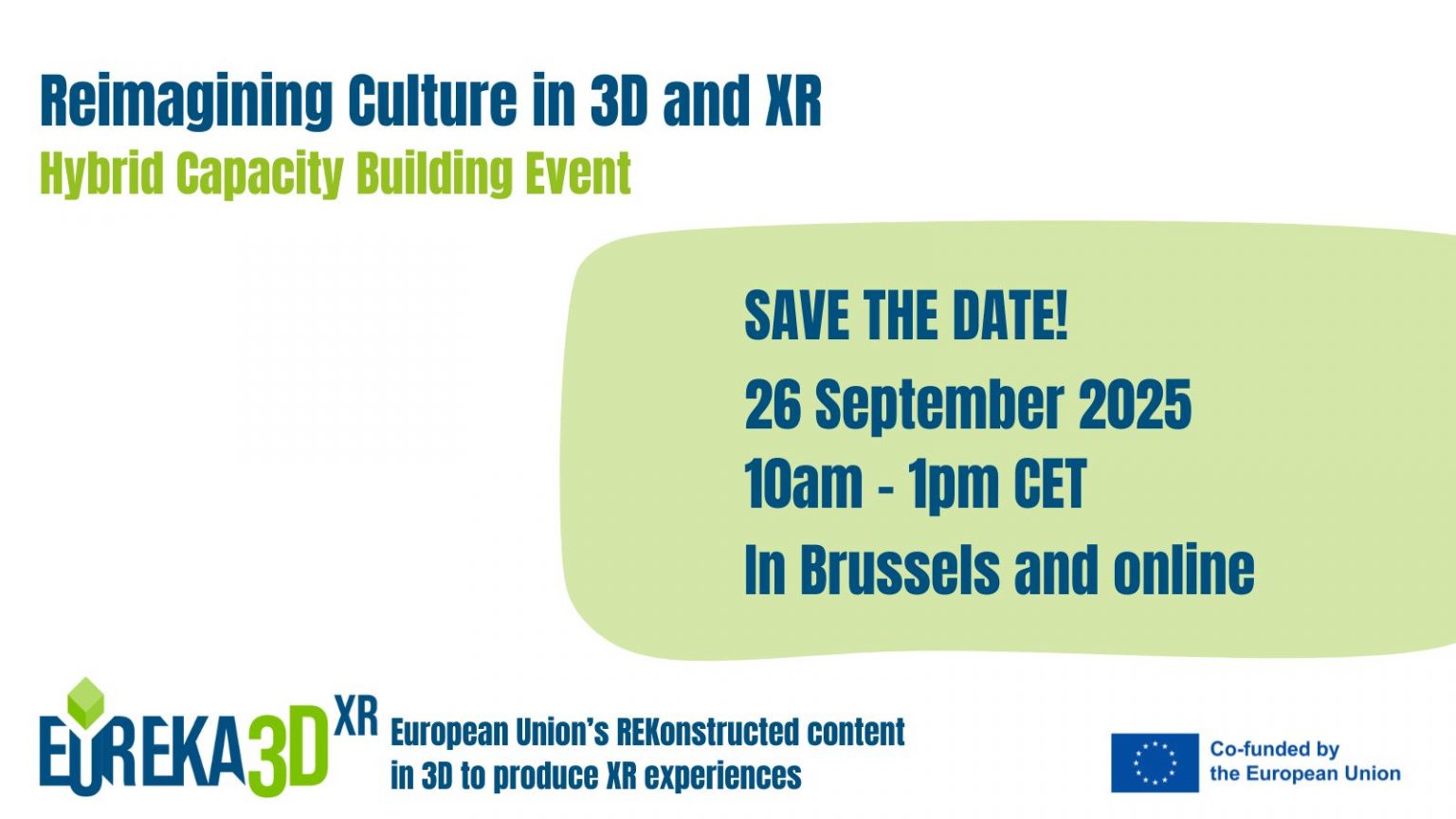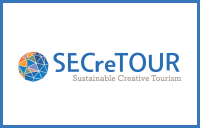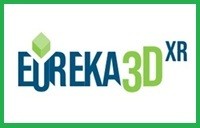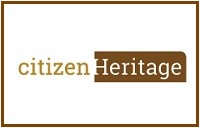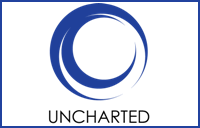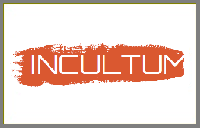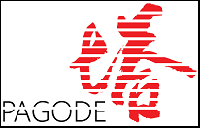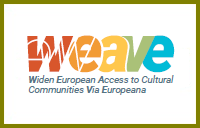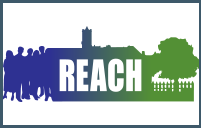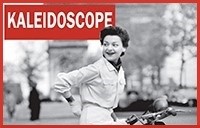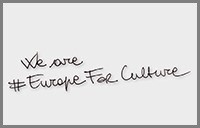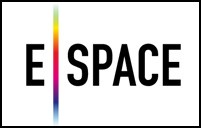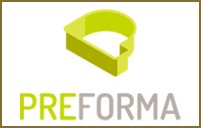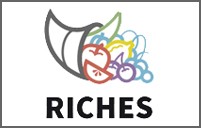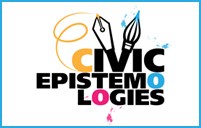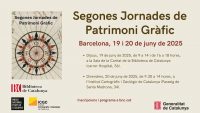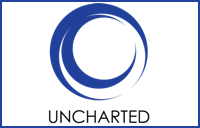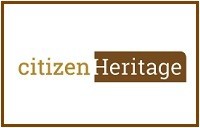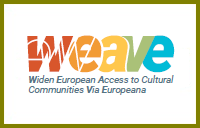-
Join the
Digital Meets Culture
Newsletter! -
Join the
Digital Meets Culture
Open Newsroom!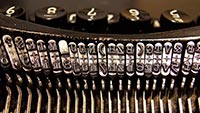 If you have interesting news and events to point out in the field of digital cultural heritage, we are waiting for your contribution.
If you have interesting news and events to point out in the field of digital cultural heritage, we are waiting for your contribution.
-
Free text
-
-
Upcoming events
-
 Collaboration agreement has started between the SECreTour project and the Municipality of Morcote in June 2025
Collaboration agreement has started between the SECreTour project and the Municipality of Morcote in June 2025The SECreTour Network is growing! The SECreTour Network of Common Interest is enriched by the participation of the Municipality of Morcote. As historic monumental medieval capital of the lake of Lugano, Morcote is part of the Amphitheatre of the San … Continue reading →
 The case of cruise tourism in Nuuk, Greenland
The case of cruise tourism in Nuuk, GreenlandA new interesting article is published by Laura James, Henrik Halkier and Heidi Vorre of Aalborg University, Denmark, the coordinator of CROCUS project, member of the SECreTour Network. Constructive and destructive agency, regional path development and critical junctures: the case … Continue reading →
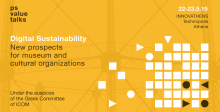

The two-day conference PS Value Talks Digital Sustainability – New prospects for museums and cultural organizations called on 22nd and 23 of May 2015 dleading representatives of European Union institutions to talk about six themes and present the newest trends in the management and promotion of cultural heritage goods with emphasis on the components of our digital world and the contribution of the institutional managers of cultural heritage to the sustainable development of the societies to which they belong. Prominent Greek representatives of national universities and cultural institutions had been invited as speakers and moderators towards a fruitful and constructive dialogue with the participation of the audience. The Minister of Culture Mr. Nikos Xydakis and Mayor of Athens Mr. Yorgos Kaminis delivered salutation.
The conference was organized by PostScriptum LTD in cooperation with Innovathens hub of the City of Athens and the Greek Free /Open Source Software Society (GFOSS), in the context of the celebration of International Museum Day 2015 “Museums for a Sustainable Society” and was under the auspices of the Greek Section of ICOM (International Council of Museums).
The first day 22 May a workshop on Digital infrastructure and value production in culture analysed how providing data to different repositories as well as participating in their research and strategic programs contribute to the sustainability of cultural reference organizations and what is meant by the virtuous cycle of the data value chain.
The workshop included speeches from Evi Sahini, “Transforming the integrated digital space of science and culture”, and Harry Verwayen, “Museums@Europeana” .
Following, other interesting themes were tackled in two other sessions:
OpenGLAM – Cultural Organizations Open and Reusable Content including speeches of Prodromos Tsiavos: “One Way Road? Open GLAM Trends”, Peter Gorgels: “Rijksstudio – make your own masterpiece” and Filippos Mazarakis-Ainian: “The endeavor of an old museum: The transition in the era of image in the National Historical Museum
and Management of cultural heritage and the creative industries with speeches of Vasilis Avdikos: “New trends and policies to support the creative economy”, Ingrid Maria Meijer: “Etsy empowers makers to stimulate creative diversity in Art” and Despina Geroulanou: “Benaki Museum shops: Creative spaces of cultural heritage management”
The whole event was a great occasion for dissemination of Europeana Space, to showcase the value of content re-use, to present the project and to establish contact and dialogue with representatives of external targeted organisations and other initiatives and stakeholders.
The event attracted about 200 attendees and 1754 viewers in the live streaming, representing the Culture and Academic sectors next to Policy Makers, Media and agencies & Industry (ICT, Development, Designers, Google etc).
Website of the event: http://psvaluetalks.gr/en/
The playlist of the speeches is available here
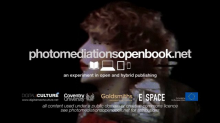
by Kamila Kuc and Joanna Zylinska, Goldsmiths
Photomediations: An Open Book, (http://www.photomediationsopenbook.net), produced by one of the pilots of the Europeana Space, has recently enjoyed an enthusiastic response from a variety of international audiences. Kamila Kuc gave a talk at the Archives of/For the Future NECS (European Network for Cinema and Media Studies) annual conference in Lodz, Poland (18-20 June 2015) titled ‘Photomediations: An Open Book: Writing and Curating Visual Arts Online’. The talk explored the nature of this innovative digital platform in relation to the traditional book as a paper object. Part of the ‘Post-Internet-Archives in Digital Aesthetics’ panel, the presentation used Photomediations: An Open Book as a case study to argue for the need to experiment with new ways of displaying textual and visual content online by using resources under Creative Commons and other open licenses.
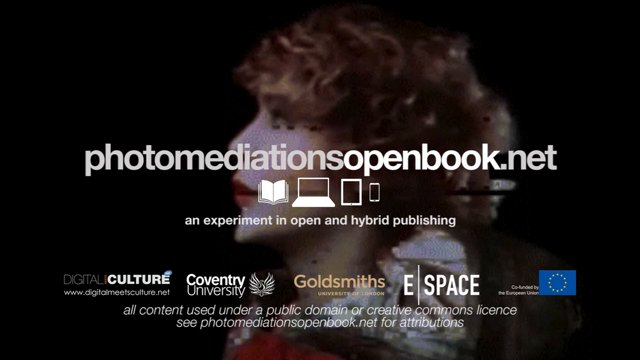
Photomediations: An Open Book was also the key concern of Kuc’s other talk, presented at the Transformative Practice and Theory: Where We Stand Today MeCCSA conference at Coventry University (2-3 July 2015). Part of the ‘Immersive, Mobile and Interactive Communications’ panel, her paper, titled ‘Photomediations: An Open Book: The Book as Curated Object’, concentrated on the wider debates about, and possibilities enabled by, open access and hybrid publishing. By looking at the book-as-a-curated-object, Kuc also explored new ways of curating online content in the digital age. She discussed issues of authorship, collaboration, interactivity and ethical responsibilities that are raised by the engagement with various forms of reading at a time when the book’s modes of production, distribution, organisation and consumption are affected by the shift from analogue to digital and from codex to net.
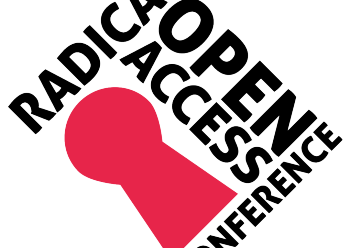 Last but not least, the pilot leader Joanna Zylinska gave a presentation about Photomediations: An Open Book at the Radical Open Access conference in Coventry (15-16 June 2015). The conference was designed as a space for critical discussion and debate in support of an ‘alternative’ vision for open access and scholarly communication, beyond its dominant corporate and institutional models. Its aim was to explore some of the intellectually and politically exciting ways of understanding open access that are currently available internationally – predominantly in the arts, humanities and social sciences. Our Europeana pilot found itself in rather good company, which included the following international open access presses and initiatives: BABEL Working Group, Culture Machine, CLACSO, Journal of Radical Librarianship, Mattering Press, MayFly Books, Minor Compositions, MediaCommons Press, MLA Commons, Meson Press, Open Humanities Press, Open Knowledge Foundation, Punctum Books, Scalar, Spheres, tripleC and Vectors.
Last but not least, the pilot leader Joanna Zylinska gave a presentation about Photomediations: An Open Book at the Radical Open Access conference in Coventry (15-16 June 2015). The conference was designed as a space for critical discussion and debate in support of an ‘alternative’ vision for open access and scholarly communication, beyond its dominant corporate and institutional models. Its aim was to explore some of the intellectually and politically exciting ways of understanding open access that are currently available internationally – predominantly in the arts, humanities and social sciences. Our Europeana pilot found itself in rather good company, which included the following international open access presses and initiatives: BABEL Working Group, Culture Machine, CLACSO, Journal of Radical Librarianship, Mattering Press, MayFly Books, Minor Compositions, MediaCommons Press, MLA Commons, Meson Press, Open Humanities Press, Open Knowledge Foundation, Punctum Books, Scalar, Spheres, tripleC and Vectors.
The conference ended with a ‘call to arms’: a proposal to start a horizontal collaborative consortium of radical open access initiatives worldwide. Under the umbrella of our sister project Photomediations Machine, we will be a founder member of this consortium.
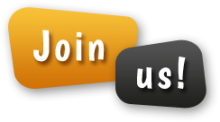
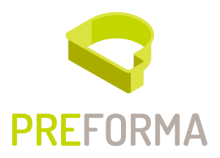 PREFORMA project works on one of the main challenges that memory institutions (archives, museums, libraries, etc.) are facing nowadays: the long-term preservation of digital data. In particular, the project will offer memory institutions an open source conformance checker that controls if a file complies with standard specifications and with the acceptance criteria of the memory institution, thus giving them full control of the process of conformity testing of files to be created, migrated and ingested into archives.
PREFORMA project works on one of the main challenges that memory institutions (archives, museums, libraries, etc.) are facing nowadays: the long-term preservation of digital data. In particular, the project will offer memory institutions an open source conformance checker that controls if a file complies with standard specifications and with the acceptance criteria of the memory institution, thus giving them full control of the process of conformity testing of files to be created, migrated and ingested into archives.
This software development is carried out in a collaborative environment with memory institutions and experts. We would like to invite you to participate in this process.
How can I participate?
Your memory institution can be involved in the testing phase of the software under development, by checking the process of the conformity tests with your own files and by considering your requirements for the technical iterations.
What would we need from you?
We won’t need much of your time. We need to receive some test files as example of the media files to be checked. PREFORMA is working on conformance checkers for electronic documents, still images and audio-visual records. So you can provide test files in one or more of the following categories and standards:
- electronic documents (PDF/A),
- still images (Uncompressed TIFF),
- audio-visual records (MKV container format, FFV1 video and moving image codecs and LPCM uncompressed audio).
The test files will be treated as confidential and will not be distributed outside the PREFORMA Consortium. A selection of files will be also required as demonstration files to be released and distributed to the wider public for the purposes of demonstrating the PREFORMA conformance checkers. If you can make your files publicly available as demonstrators, do please let us know.
Would you like to be involved in defining the policies to be checked?
Welcome on board! We’re involving memory institutions from many countries that are contributing to the refinement of our open source tools with their expertise, use cases and specific requirements. We would like to hear your opinion on aspects such as:
- Does your institution have any defined process/protocol/methodology in validating preservation file formats?
- Does your institution have any defined policy with further restrictions and technical specifications regarding the standards of the mentioned file formats?
- Which are the problematic cases that you are facing or that you may envisage while checking the correctness and standard compliance of the files that are stored in your archives?
You’ll find further information at the project website: http://www.preforma-project.eu/
It will be a pleasure to count on your cooperation with the PREFORMA Project. Your participation will be highlighted on the project website, and your institution could be one of the pioneer institutions to test and implement the new open source tools.
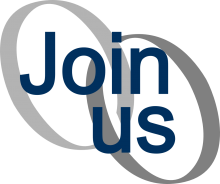 Are you interested in participating in this process?
Are you interested in participating in this process?
The PREFORMA team is available to solve any question you should have and help you with this cooperation.
Please contact Claudio Prandoni (prandoni@promoter.it), Erwin Verbruggen (everbruggen@beeldengeluid.nl) and Magnus Geber (Magnus.Geber@riksarkivet.se) to confirm your participation.
We’ll be glad to contact you and fix an appointment to facilitate the process.

 Heather Ryan, PhD, an Assistant Professor in the Library and Information Science Program in the University of Denver’s Morgridge College of Education, launched a survey designed to collect information on file format evaluation factors, and perceptions of trust and usefulness of a semi-automatic file format warning and recommendation system.
Heather Ryan, PhD, an Assistant Professor in the Library and Information Science Program in the University of Denver’s Morgridge College of Education, launched a survey designed to collect information on file format evaluation factors, and perceptions of trust and usefulness of a semi-automatic file format warning and recommendation system.
Results will be used to inform the development of a file format endangerment index, and to inform the development of a semi-automated file format endangerment warning and recommendation system. Data collected for this study will be examined for identifying information and de-identified data will be shared via a data repository for use in future research.
Heather Ryan can be reached at heather.m.ryan@du.edu.
Please follow this link to complete the survey: https://udenver.qualtrics.com/SE/?SID=SV_eR8z8ShRM5EjUMd
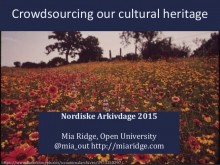
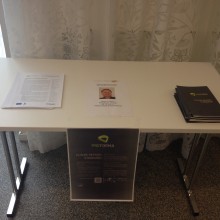 Magnus Geber from Riksarkivet (National Archives of Sweden) visited the Nordic Archival Conference “Nordiske Arkivdage 2015” which was held in Copenhagen on 6-8 June 2015. PREFORMA featured with a poster and a small booth where hand out information material (booklets and factsheets) were available.
Magnus Geber from Riksarkivet (National Archives of Sweden) visited the Nordic Archival Conference “Nordiske Arkivdage 2015” which was held in Copenhagen on 6-8 June 2015. PREFORMA featured with a poster and a small booth where hand out information material (booklets and factsheets) were available.
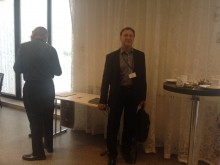 Before the conference there was a small separate meeting with IT-archivist from the National Archives of the Nordic countries. There Magnus Geber delivered a short presentation of PREFORMA, informing the attendees about the status of the project and the latest achievements. During the meeting there was also a presentation of E-ARK, sister project of PREFORMA.
Before the conference there was a small separate meeting with IT-archivist from the National Archives of the Nordic countries. There Magnus Geber delivered a short presentation of PREFORMA, informing the attendees about the status of the project and the latest achievements. During the meeting there was also a presentation of E-ARK, sister project of PREFORMA.
For further information on the Nordic Archival Conference visit the Conference website.
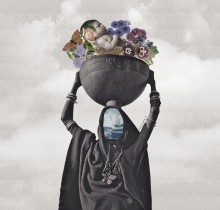
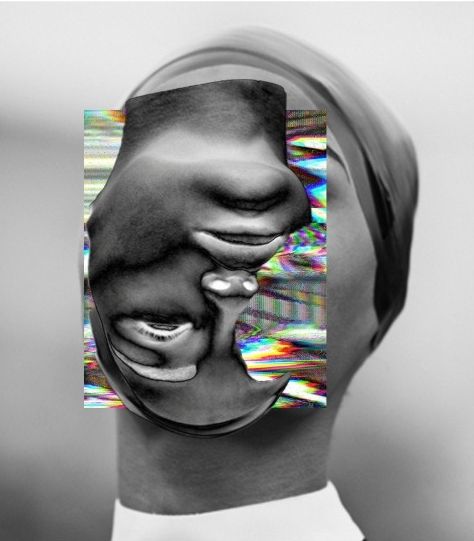
Nkiru Oparah, Precursor to a dream, 2014. Photograph: Nkiru Oparah
Jepchumba of Africandigitalart.com presents us the digital collage, in Africa a growing form of art that utilises technology to produce a range of artworks, incorporating digital video, animation, photography, animated gif’s and digital photo manipulation.
Digital culture – Jepchumba observes – has permeated the daily lives of thousands of Africans, connecting them to regions, histories and people inaccessible otherwise. This digital world is a playground for artists not only to experiment with digital technology but also to investigate the spaces between past and present, analogue and digital, Africa and beyond. African digital collage is all of this.
Through digital new stories of Africa emerge, alternative representations of this large and diverse continent. «Internet has invited Africa to participate in redefining Africa’s visual aesthetic – Jepchumba writes. «Africa is utilising the digital space to repost, remix, recreate and share new images and visual representations of Africa».
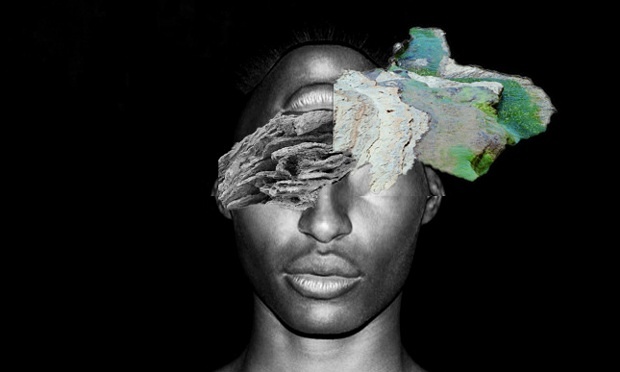
Nkiru Oparah. Photograph: Nkiru Oparah
While the African digital arena expands at a frenzied pace, African digital collagists have taken to the past, using ethnographic images often found online to recreate and remix images of Africa, creating new and often critical narratives. Websites such as the Nigerian Nostalgia Project have become popular online resources for collagists to find historical materials, photographs, videos, sound clips and graphic art works.
African digital collage works often recreate ethnographic images of Africa from the pre and post colonial era. Setting an alternative narration against the image of Africa we think to know.
Folasade Adeoso is known for her digital collages, which mix archival and contemporary images into Dalí-esque visions. «Research is key – Folasade says. «I spend endless amounts of time looking for old scans and reading online articles».
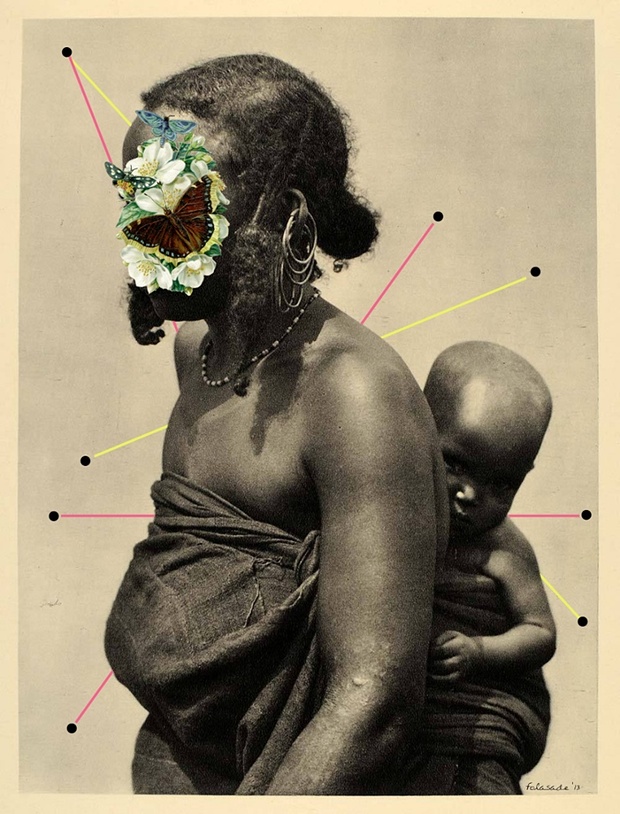
Folasade Adeoso, Motherhood, 2013. Photograph: Folasade Adeoso
Nkiru Oparah’s love for collage is based on the idea of transformation. Art allows her to recreate her own visual notions of Africa. «Online, the whole world opens up. The more people use it, the more access I have to societal, cultural, and personal images – Oparah says. «It’s the flux of the internet, in combination with an evolving African identity, that opened up to me this graphic way of image making».
Oparah finds images in a variety of ways, often using Google, Tumblr and her own photography mixed with magazine clippings or still images from films and videos.
African Digital Art is an online collective, a creative space where digital artists, enthusiasts and professionals can seek inspiration, showcase their artistry and connect.
Sources: Africandigitalart.com, TheGuardian.com. Read Jepchumba’s article.
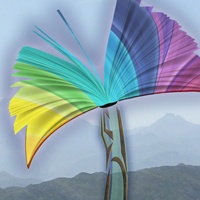
 Objective of the course is to provide students with digital skills specific for academic digital editing. The course will focus on text processing through XML languages and particularly on TEI (Text Encoding Initiative), labelling system specifically designed for digital humanities.
Objective of the course is to provide students with digital skills specific for academic digital editing. The course will focus on text processing through XML languages and particularly on TEI (Text Encoding Initiative), labelling system specifically designed for digital humanities.
The various programme sessions aim to complete the participants’ training, in order for them to become familiar with text transformation via different languages (HTML, CSS, XSLT) and formats (ePub). The competences acquired will enable the students to know the whole digital editing process and to generate several kind editions (scientific, didactic).
The course can be attended both physically and virtually (completely online).
Programme
•13 July
16.00 – 18.00
From philological to digital editing – Elena González-Blanco García and Mª Gimena del Río Riande
18.00 – 20.00
The digital editing of poetry. A case study – José Luis Rodríguez Gómez, Elena González-Blanco García, María Dolores Martos Pérez, Mª Gimena del Río Riande, Clara Isabel Martínez Cantón
•14 July
10.00 – 12.00
Introduction to XML – Roberto Centeno Sánchez
12.00 – 14.00
Introduction to TEI – Susanna Allés Torrent
16.00 – 18.00
Language processing and language engineering – Ricardo Mairal Usón, Nuria Bel, Rafael Martínez Tomás, Ana García Serrano, Concepción Polo
•15 July
10.00 – 12.00
Labelled with advanced TEI: poetry, theatre and manuscripts – Alejandro Bia Platas
12.00 – 14.00
Advanced XML processing with XML-databases and XQuery – Alexander Czmiel
•16 July
10.00 – 12.00
TEI and XSLT, XPATH transformations I – Alejandro Bia Platas
12.00 – 14.00
TEI and XSLT, XPATH transformations II – Alejandro Bia Platas
16.00 – 18.00
Digital editing and image processing – Alicia Fornes Bisquerra
•17 July
10.00 – 12.00
From parchment to eBook – José Luis Fernández Vindel, Víctor Fresno Fernández
12.00 – 14.00
“Hands-on”: tools for digital editing without programming – Mª Gimena del Río Riande, Juan José Escribano
For further info and registration go to linhd.uned.es


